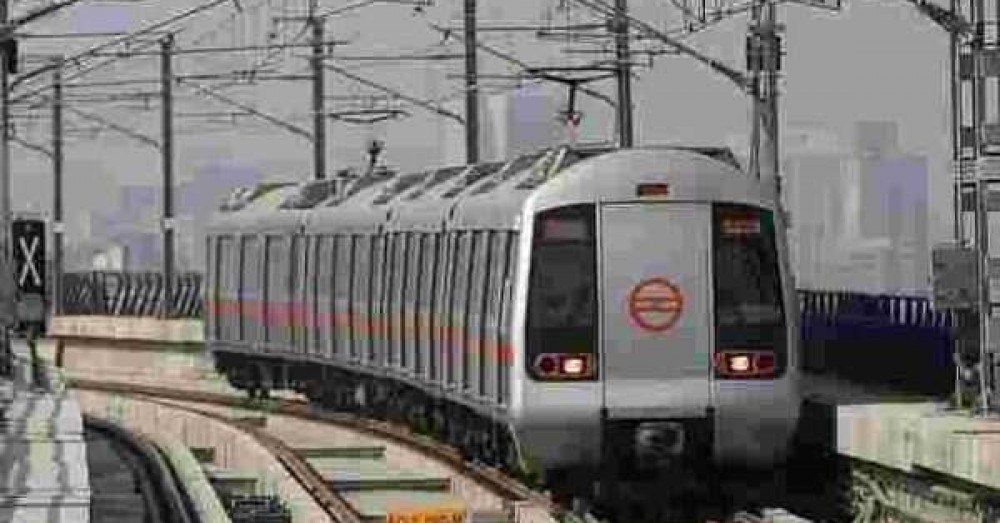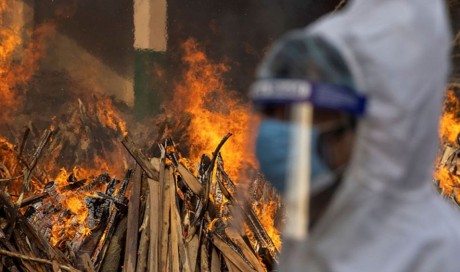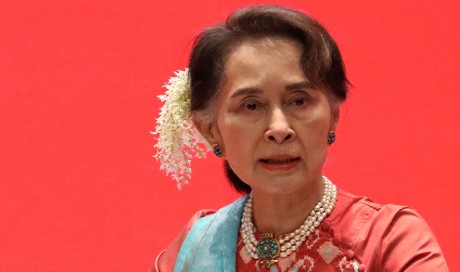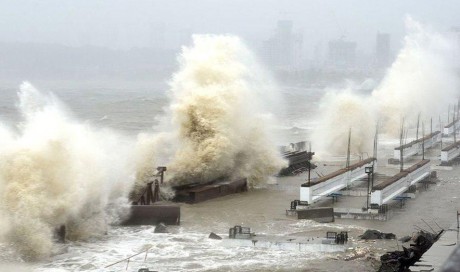Urban affairs ministry on Friday suggested a three-pronged strategy to states, Union territories and metro rail companies in the view of coronavirus outbreak for providing urban transport services. The advisory includes short term plans within 6 months, medium plans within 1 year and long term for 1-3 years.
While the advisory talks about recommencing public transport, it also said that it is imperative at this stage to curb the transmission of coronavirus by adopting the right sanitization, containment and social distancing measures.
In order to avoid resurgence of car and other private vehicle usage, the ministry has recommended using non-motorised transport in urban areas. “As most of the urban trips are clocked in under five kilometres, non-motorised transport offers perfect opportunity to implement in this covid-19 crisis as it requires low cost, less human resource, easy & quick to implement, scalable and environment friendly," the advisory sent by Durga Shanker Mishra, Secretary, Ministry of Housing and Urban Affairs’ suggested.
To encourage non-motorised transport, the government has suggested measures like reallocating street space for cycling and pedestrians through street closures, creating priority zones, pop-up bike lanes & sidewalks, providing parking and charging equipment and financing options to make cycling more accessible.
This comes as India is in the first phase of unlocking. While public transport services including autos, buses and cab aggregators have been allowed, metro services continue to remain shut. According to the plan, the government will re-consider opening metro services in the later phases of unlocking.
The urban affairs ministry has also recommended adopting technology to curb the spread of the virus. “Enabling technologies such as Intelligent Transportation System, indigenous cashless and touch less system will reduce human interaction, in operations of public transit systems," it said.
According to the government, evidence shows that there is a steep drop in public transport ridership volumes by 90%. Further, it has been observed that there is up to 60% reduction in air pollution. “Re-establishing the earlier level of ridership in public transport is a big challenge for cities, as people may be looking for more options especially personal modes that allow for safer travel in the post lockdown scenario," the ministry said.
According to estimates, metro services are likely to see only 25-50% of their pre- corona capacities being utilized and would require complementing these public transport systems with alternative modes of transit.
“With a sense of insecurity in the minds of the public in travelling in public transport during these testing times, in all possibilities, there will be increase in number of private vehicles on road, which will not only create pollution but eat away space for other modes of public transport besides adversely affecting road safety and increase air pollution level and serious congestions on the roads," it said.
India had been under a strict lockdown since 25 March to control the spread of covid-19. Phase wise re-opening was undertaken this month. There have been over 300,000 reported cases of covid-19 in the country.
Share This Post















